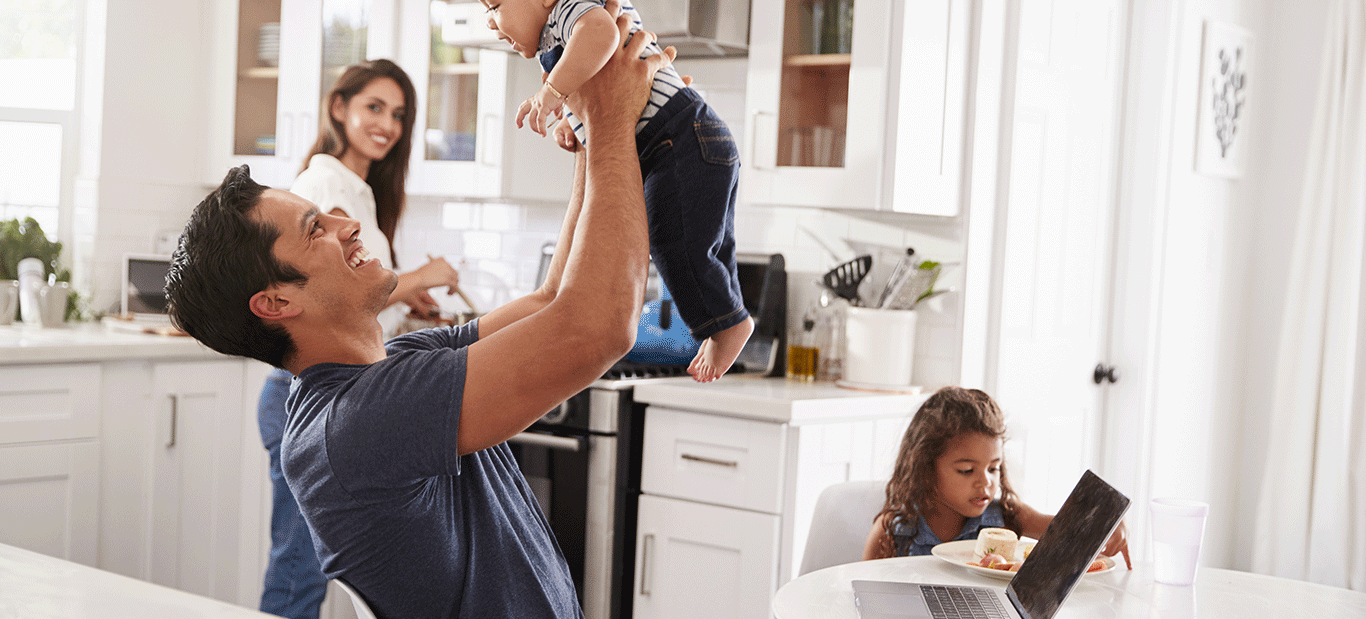Evolution of the 2020 Shopper: Eating Behavior
Evolution of the 2020 Shopper: Eating Behavior
It’s no secret COVID-19 has forced consumers to rethink nearly every aspect of their day-to-day. As consumers navigate the innate need to change and adapt, they are working differently, learning differently, shopping, eating, and interacting with others differently – all while seeking a sense of normalcy, safety and routine.
With this major consumer shift and evolution, the grocery retail industry is tracking shopping trends at the store level, online and overall eating behaviors.
We’ve pulled some insights from research conducted by The Hartman Group for The Food Industry Association’s (previously Food Marketing Institute) 2020 U.S. Grocery Shopper Trends report to share three main areas of consumer behavior change as a result of the COVID-19 pandemic and why it matters to brands.
- Grocery Shopping Behavior
- Online Shopping Behavior
- Eating Behavior
Part 3: Eating Behavior
While grocery shopping has changed in a multitude of ways as a result of the COVID-19 pandemic, there’s one major influence driving how and where consumers are shopping today: their eating behavior. It may seem like a no-brainer, but think about what used to trigger weekly grocery lists pre-pandemic – kid’s activities, Sunday neighborhood BBQs, Friday date night. Not only were there family meals and gatherings, but there were quick meal solutions, restaurants and drive-throughs on nearly every corner ready to meet any dining need. As many restaurants and out-of-home meal services began to close their doors earlier this spring, consumers stocked up on groceries to cook more meals at home, started planning more and even trying new things in the kitchen.
A historic shift in food spend
Over the past 20 years, restaurant sales have been steadily increasing, while grocery retail declined, with some consumers desiring different culinary experiences and others needing easy meal solutions to meet demands in their busy lives. Some grocery retailers have expanded food service offerings; however, restaurants still overtook consumer spend according the U.S. Census Bureau. This was short-lived, though, as the COVID-19 pandemic shattered restaurant sales and many businesses were forced to close their doors or provide limited services. This in turn drove consumers back to the grocery aisles, both in store and online. With many consumers hunkering down in March, at-home cooking emerged as a popular meal time solution with 40% of consumers saying they cook more meals themselves than they did pre-pandemic.
As effects of the virus evolved, monthly revenue at grocery retail jumped by more than 25% in March, compared to only one month prior. And more than eight years of dollar growth in restaurant sales plummeted in just a few short weeks. Grocery retail had not seen this high of market share since the early 1990s.

Priority and planning shifts
Not only have people been cooking more at home, but 23% of consumers said they plan more in advance to take on this responsibility. Prepping, reducing waste, freezer meals and proper food storage all become popular techniques to avoid the need of venturing into the grocery aisles. In fact, 35% of consumers report being more successful at avoiding food waste and 50% of consumers say they purposely cook enough food to have leftovers for future meals.
In addition to more planning, consumers are also mixing things up in the kitchen, with 20% of consumers reporting trying new dishes or focusing on health trends. This is especially true for younger cooks, a cohort that reports priorities in eating healthier and learning new food tricks or cooking skills.
Food for thought
Retailers and food brands alike have a unique opportunity to help new and aspiring home cooks achieve success with guidance in shopping well, cooking well and eating well. Use social channels to let consumers know you understand their needs and can provide solutions for meal time fatigue with new, healthy and interesting meal ideas, convenient time-saving tips and meal planning and prep to bring new meaning and interest to at-home cooking.
Need help communicating your message to consumers or reaching a new audience? At MorganMyers, food communications is our specialty. Check out our case studies to see how we’ve helped our clients understand consumer needs. Let’s talk!
 Back To Blog
Back To Blog

